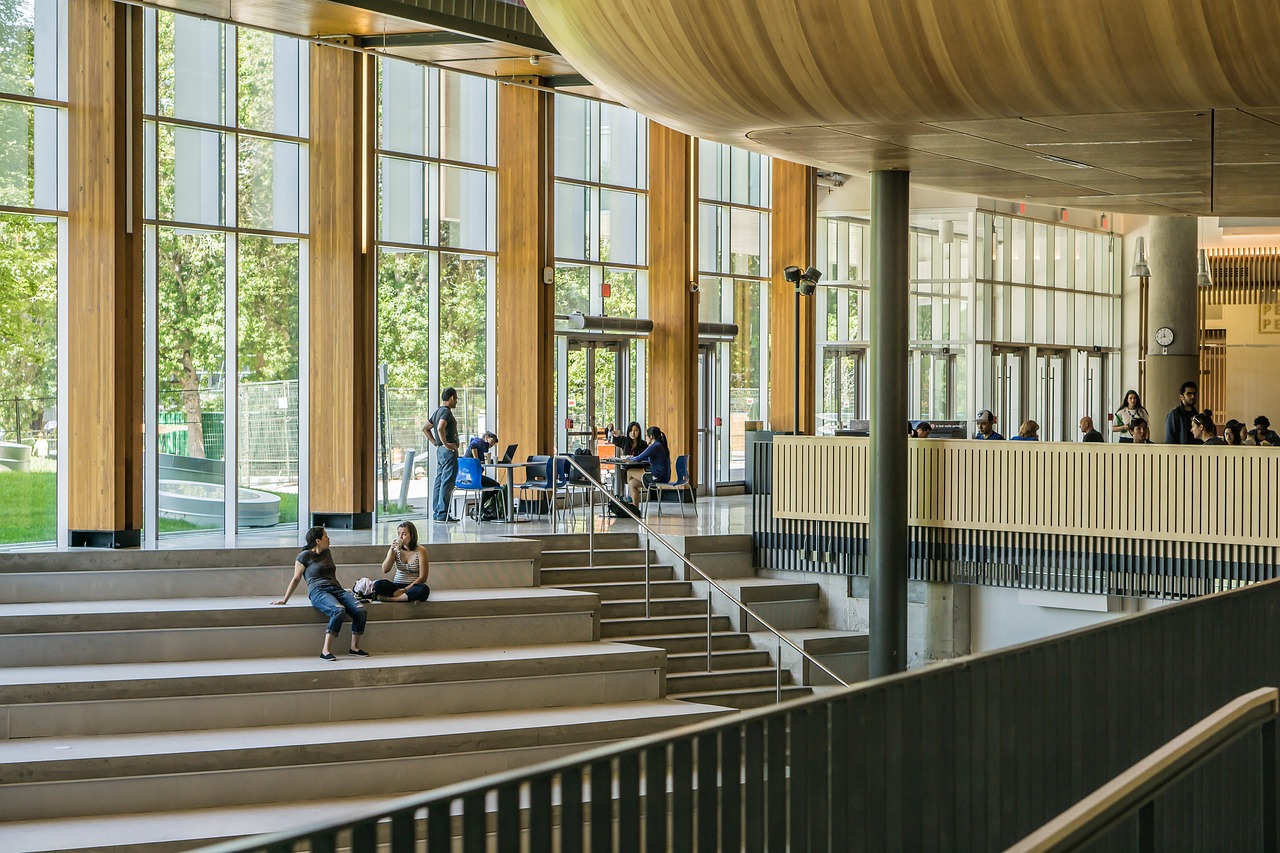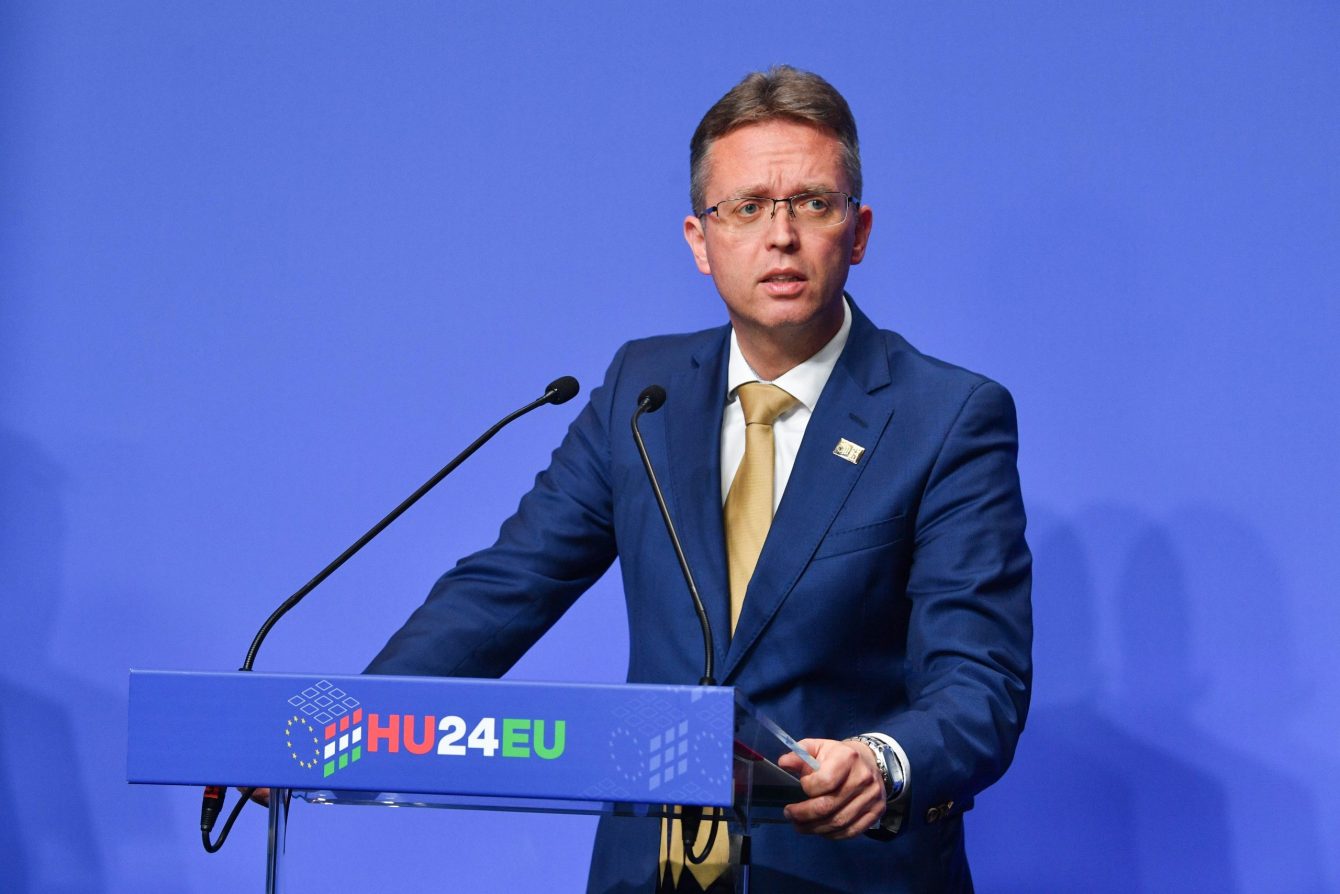
According to Balázs Hankó, it is time for Hungary to consider challenging the recent discriminatory decisions of Brussels in the European Court of Justice.Continue reading

The transformation of Hungarian vocational training and higher education has been based on the idea that training should respond to the challenges of today’s labor market. The university science scene is the cornerstone of innovation, and its cooperation with industry means significant added value and growth for both sides and for the Hungarian economy, Balázs Hankó, the Minister for Culture and Innovation, said in an interview with Világgazdaság.
The minister recalled that after Hungary was excluded from the Horizon research program by Brussels, the government set up the HU-rizont program. Under this program, Hungarian universities can carry out research on topics of interest to them with the participation of research teams from world-renowned universities such as Stanford and Cambridge.
Moreover, the partners also include the National University of Singapore, which means that Hungarian universities are creating a bridge between American and Asian universities.
“The idea is that research neutrality is needed before economic neutrality, and this is what we are helping to achieve with this program,” said Balázs Hankó.
Regarding innovation and competitiveness, the minister pointed out that to successfully bring an innovation to market, several things are needed: funding, which means public subsidies on the one hand, market resources, venture capital on the other, but also knowledge, which universities can typically provide, and cooperation between different actors. “That is why we created the National Innovation Agency, to connect the different actors and help start-ups and spin-offs to the market,” he said. He added that public tenders also serve to encourage SME-university-research institute or large company-research institute-university collaborations in Hungary.
We have reversed the logic here, because we said that the economic operator should approach the university. Universities should compete for the economic player, step out of the research mindset, put marketability first,”
he emphasized. The government will continue these calls for proposals this year, with some 131 billion forints earmarked to support business innovation, and as part of this, university-market partnerships.

Minister Balázs Hankó. Photo: MTI/Bruzák Noémi
“I consider it a major achievement that in the last ten years we have tripled our research and innovation expenditure, reaching HUF 1,042 billion. Our aim is to increase this further. We have almost doubled the number of doctoral students in five years, to around 11,000. We are attracting excellent young people from abroad, with nearly one in three doctoral students coming from abroad. I should also point out that the number of research and development staff has also doubled in ten years, and now stands at 6,500 per million inhabitants.
However, to complete the competitiveness turnaround – and to be among the top ten most innovative countries in Europe by 2030 – we need 9,000 R&Ders per million people, and we also need more SMEs to innovate.”
On education, Hankó said that there are currently more than 300,000 students in Hungarian vocational education and training, and the country ranks tenth in the world. “In vocational education, we provide vocational training, a graduation certificate, and those who want to can go further from the technical school, because we have linked them with universities, and there is a clear curve to the training.”
As for university education, the minister recalled that there are currently 328,000 students, which means that never in the last ten years have so many people studied in higher education than now. “We already have 12 universities in the top five percent of the world, and Semmelweis University in the top one percent. The University of Debrecen moved up 400 places the year before last. Óbuda University moved up 400 places last year,” Hankó relayed.
Via Világgazdaság, Featured photo via Pexels